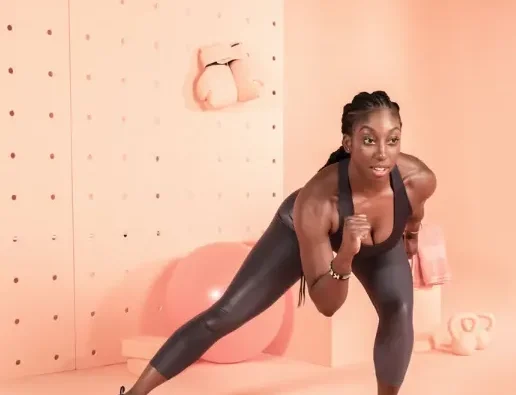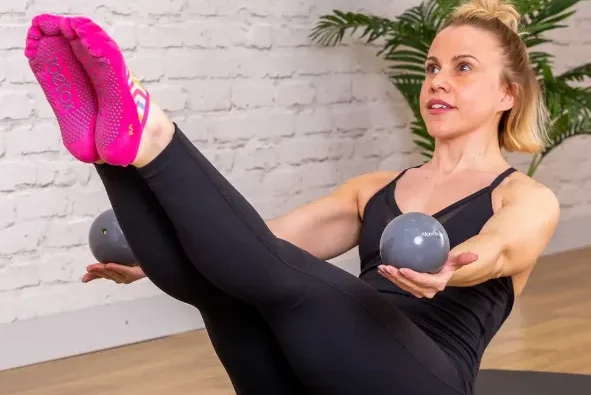
Squatting is an essential movement that we naturally use in everyday life. Whether you’re picking something up from the floor or transitioning from a sitting to a standing position, squatting is involved. But are you performing the squat correctly? A proper squat is crucial for avoiding injuries to your knees, hips, and lower back, while also enhancing your mobility and quality of life.
In this guide, we’ll explore common issues people face with their squat form and offer solutions to help you improve. With a better squat, you can protect your joints, stay independent as you age, and feel stronger in your daily activities.
Problem 1: Knees Caving Inward When You Stand
Solution: Band Your Knees
One of the most common mistakes in squatting is when the knees collapse inward during the upward phase. This usually indicates weak glutes and can lead to knee pain, hip discomfort, and injury. A simple way to address this issue is by using a resistance band just below the knees.
By adding the band, you’ll be forced to push your knees outward against the resistance. This activates the glutes and promotes proper knee alignment during the squat. Start with a light band and gradually increase resistance as you get stronger. Eventually, you may no longer need the band, but it’s still a great warm-up tool to activate the glutes.
Problem 2: Lifting Heels or Trouble Reaching Depth
Solution: Elevate Your Heels
When performing a squat, you should feel the majority of your weight in your heels. If your heels start to rise off the ground or you struggle to reach the proper depth, it’s likely due to mobility restrictions or improper mechanics.
To fix this, elevate your heels by placing a small wedge under each one, such as a thin board or weight plate. Elevating your heels allows you to squat deeper and helps you maintain balance, especially if you’re new to squatting or lack ankle mobility. As you progress, your squat depth and comfort should improve, and you can eventually transition to squatting without the wedge.
Problem 3: Hesitance to Sit Back Into the Squat
Solution: Use a Chair or Bench
A common issue for beginners is a fear of sitting back too far during the squat. This often stems from a lack of balance, glute activation, or core stability. To overcome this, use a chair, bench, or box to give yourself something to squat to.
Position yourself a few inches away from the object, then squat back until your hips lightly touch it. This helps build confidence, as you’ll know that if you lose your balance, the object will catch you. Over time, you can reduce the height of the object and squat deeper. Eventually, you’ll be able to squat without any aid.
Problem 4: Trouble Maintaining a Tall, Straight Posture
Solution: Wall Squats
Once you’re comfortable with your squat depth, you may still struggle to keep an upright posture at the bottom of the squat. To help with this, try wall squats. Stand a few inches away from a wall and perform your squat while facing it.
The wall will prevent your knees from pushing too far forward and help you maintain a tall posture by blocking any forward lean. If you don’t keep your back straight, you’ll bump your forehead on the wall, which serves as a reminder to stay aligned. With practice, you’ll squat deeper while maintaining better posture.
Improving Your Squat for Better Health and Function
It’s common to encounter multiple issues with your squat, but the good news is that you can address them all with a combination of these solutions. For example, if your knees cave inward and you struggle to sit back, you can use a band around your knees and a wedge under your heels simultaneously to correct both problems.
As you work through these issues, you’ll develop a deeper and more effective squat. The benefits of a good squat go beyond just improved form—it strengthens your body, improves joint health, and allows you to move more freely in everyday life. Stick with these fixes, and you’ll be well on your way to mastering the squat and enhancing your functional fitness.












